Irony of Wildlife Gardening
gardeningmusician
12 years ago
Related Stories
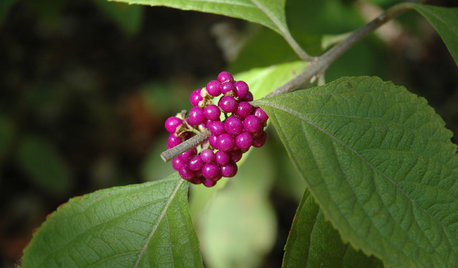
GARDENING GUIDESGreat Design Plant: Nourish Wildlife With American Beautyberry
The bright purple berries of Callicarpa americana feed winged beauties and make the Southeast U.S. native a fall garden standout
Full Story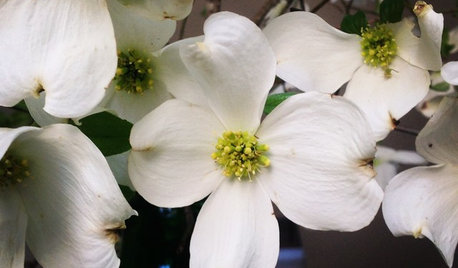
GARDENING GUIDESGreat Design Plant: Cornus Florida Benefits Wildlife
Flowering dogwood provides fiery red foliage in fall and beautiful springtime blooms
Full Story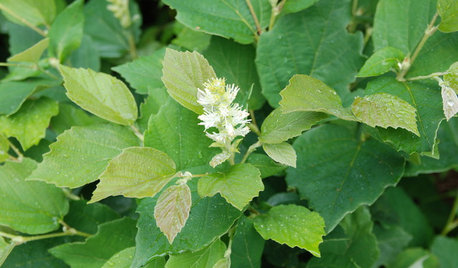
GARDENING GUIDESGreat Design Plant: Wildlife-Loving Dwarf Fothergilla Blazes in Fall
Its bottlebrush flowers attract bees and butterflies, while its stunning orange and scarlet foliage draws all who pass by
Full Story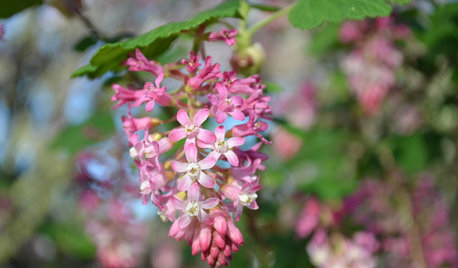
GARDENING GUIDESGreat Design Plant: Feed Wildlife With Flowering Currant
Blossoms and berries make this plant irresistible to birds, bees and other critters — and a treat for the eyes too
Full Story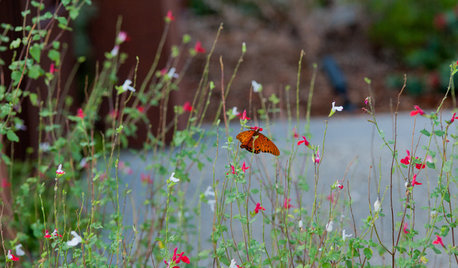
EARTH DAYCreate a Container Wildlife Habitat for Hummingbirds and Butterflies
Don’t let limited space prevent you from welcoming wildlife into your garden
Full Story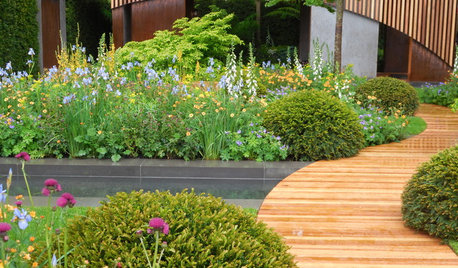
INSPIRING GARDENSAt the Chelsea Flower Show, a Jewel-Colored, Wildlife-Friendly Garden
Take a tour of this gold-medal-winning garden designed for community and wildlife to coexist and flourish
Full Story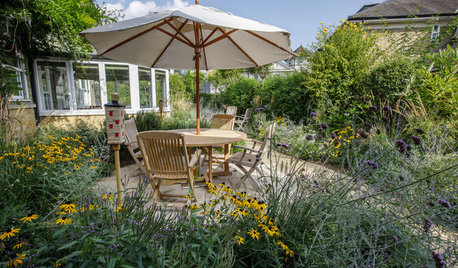
LANDSCAPE DESIGN4 Tips for Creating a Small Garden That Welcomes Wildlife
Win over birds, bees, butterflies and neighbors with these design strategies
Full Story
GARDENING FOR BUTTERFLIESGarden for Wildlife to Reap Rich Rewards
When you plant with animals and insects in mind, you make gardening easier, the planet healthier and yourself more present
Full Story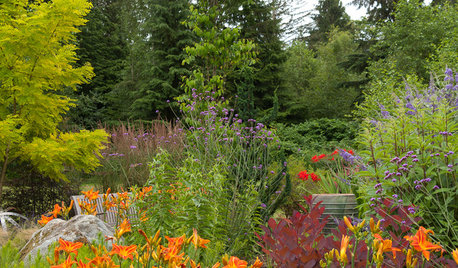
PLANTING IDEASGreat Garden Combo: Planting for Fiery Color and Beautiful Wildlife
Draw winged wonders while maintaining a strong design aesthetic to please human visitors to your garden year-round
Full Story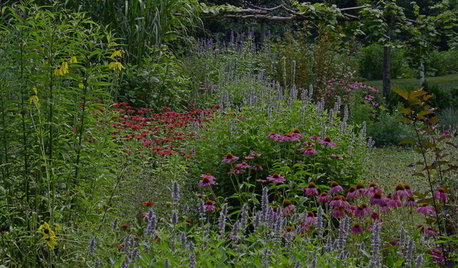
PLANTING IDEASGarden Design for Wildlife and Less Work
Looking to nature for inspiration can invigorate our suburban landscapes
Full StorySponsored



lycopus
gardeningmusicianOriginal Author
Related Discussions
Help critique front native wildlife garden plans
Q
Which Plants attract the most wildlife to your garden?
Q
Toxic garden hose! What about my wildlife?
Q
Self-sown garden irony
Q
terrestrial_man
Iris GW
fatamorgana2121
c2g
wisconsitom
terrene
gardeningmusicianOriginal Author
fatamorgana2121
terrene
eddiebird
linda_schreiber
terrene
dapjwy
kelp